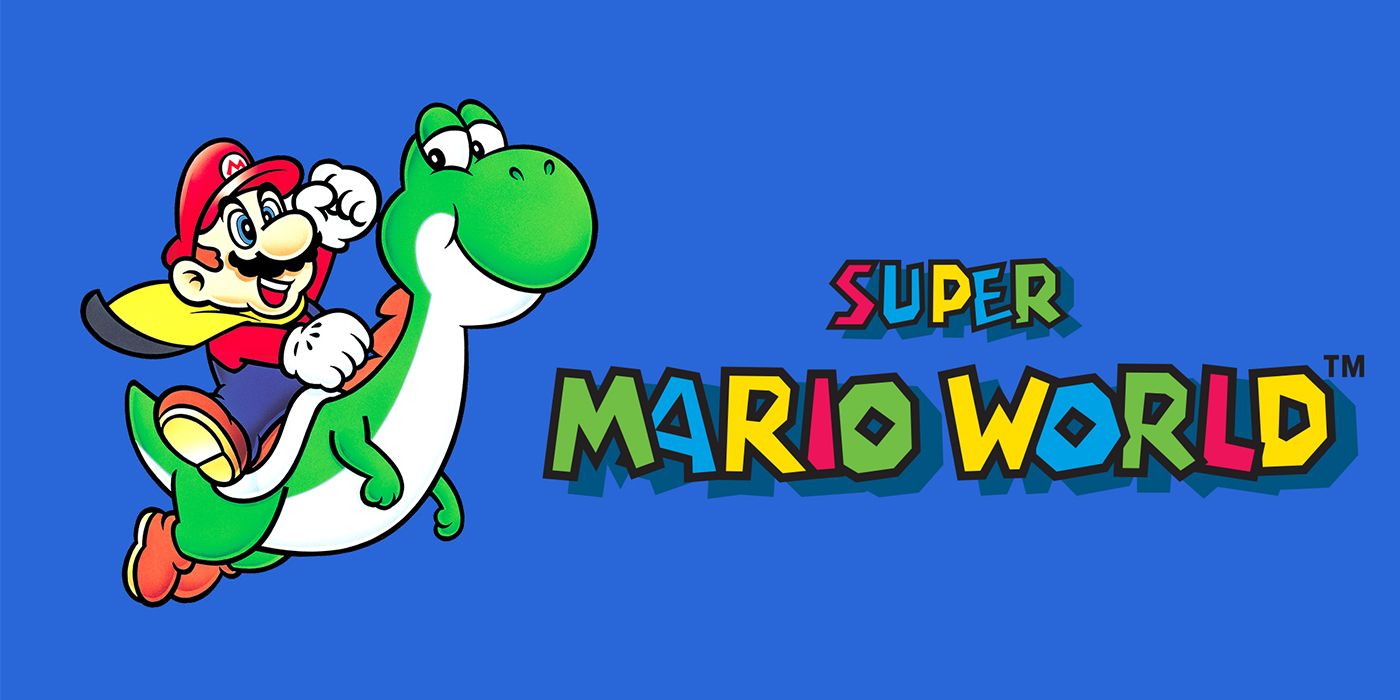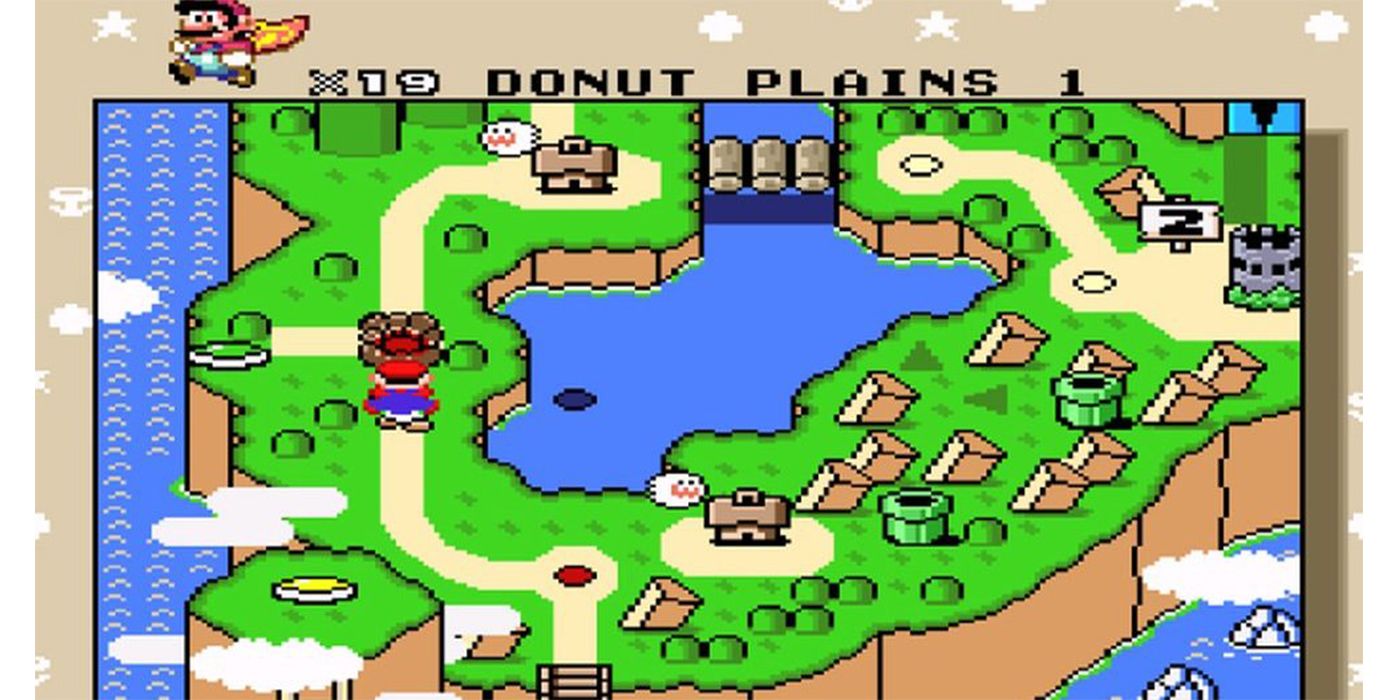Super Mario World Made Mario Who He is Today | Game Rant

In many ways, the origin of Mario, the iconic Italian plumber and posterchild of Nintendo, is also the origin of modern games. After a market crash fueled by Activision's ET threatened to destroy the games industry, Nintendo's clever marketing of the NES and R.O.B. the Robot became a Trojan horse for Super Mario Bros. to infiltrate homes, leading to the company's total dominance of the games industry for years to come.
Mario has featured in more than 200 games since then, that number steadily increasing as time presses on. With each appearance, Mario's identity evolves to a degree, turning the character into more than just an avatar on a screen. But Mario's identity is unique in that it doesn't just define him, instead his personality guides the Super Mario franchise as a whole, right down to the world and characters within. But it wasn't until Super Mario World on the SNES that Mario's identity became clear.
A showcase of just how powerful the leap to 16-bit graphics was over 8-bit, Super Mario World established much of the imagery the franchise is known for today. While Super Mario Bros. 3 iterated on the first game's platforming mechanics, Super Mario World shook the franchise's identity and established what it means to be a 2D Super Mario game. The colors, enemies, and music is a clear indicator of this, but nowhere is the evidence stronger than Mario himself.
Looking back, it's hard to imagine that Mario — the one constant of video games as fans know them today — could change dramatically. After all, Mario is to Nintendo what Mickey Mouse is to Disney, a family-friendly character whose values must remain consistent. It would be criminal, however, to say that Mario hasn't changed since his debut.

The first few iterations of Mario were simple. The core formula of a chubby plumber in overalls was there, but technological limitations meant that Nintendo couldn't clearly define his face or features. Those technological shortcomings resulted in Mario's early designs, like Mario's iconic hat and mustache being clever ways to make him more distinct. Those design choices were fully fleshed out in Super Mario World, given an extra level of pop thanks to the brighter and more varied color palettes afforded by the SNES.
By fleshing out those designs, Nintendo not only solidified who Mario is, but it leaned more heavily into the notions that players had about him. Mario was already well on his way to becoming an icon before Super Mario World launched, but it's fair to say that Super Mario World solidified Mario's icon status, and that's not an easy thing to do. In the year since, Super Mario World has been regarded as one of the best games of all time, and it's understandable why.
Above all else, Super Mario World is a game with personality, but Mario defines what that personality really is. It's less like he's moving through the world, and more like the world is moving around him, with his characteristics defining how players view each new location. Dinosaur Land, the game's setting, is in incredible peril, but Mario has a chipper attitude and a smile on his face the entire time he's saving it, so players likely will too.
Fans have seen that in every game since. Mario isn't exactly talkative, but that hasn't changed players' ability to pick up on his key characteristics. In many ways, Super Mario World depicts a stoic character with enough detail for fans to know that what they're seeing is stoicism. More than thirty years later, and Nintendo still ships Mario as an unwaveringly cheerful character no matter how dire the circumstances are before him, and that truly started in Super Mario World.

Post a Comment